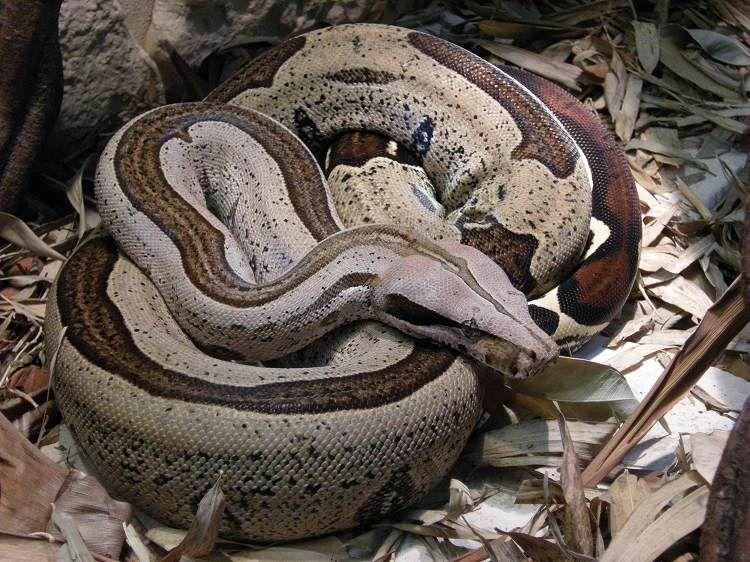

- Common boa constrictor anatomy skin#
- Common boa constrictor anatomy full#
- Common boa constrictor anatomy plus#
Stannius devoted most of his time to the anatomical examination of animals, their nervous systems, and the action of individual organs, such as the heart and the kidneys in healthy and diseased conditions he also practiced vivisection. Stannius became the director of the newly established Institute for Comparative and Pathological Anatomy and Physiology in addition, he initiated a comparative anatomy collection that grew rapidly, augmented not only by his colleagues but also by contributions from the numerous nearby boatmen fishing off the Baltic Sea coast who frequently brought him specimens, including valuable living snakes. Just before Stannius’s arrival, however, the energetic Karl Friedrich Strempel (1800–1872), an ophtalmologist and high school teacher who founded the Rostock University Clinic, had begun a push to change things there for the better. The medical school there was very deficient and still in its rudimentary beginnings, with faculty members who were not particularly dedicated to research. This was the beginning of his most active research, which extended far beyond the circle of the then very small university.
Common boa constrictor anatomy full#
In October 1837, he was appointed a full professor of medicine at the University of Rostock (in the German state of Mecklenburg-Vorpommern).
Common boa constrictor anatomy skin#
He also published a text of general pathology in 1837 and translated a French text on skin diseases (1837–1839). Besides these, he translated from English a paper on pulmonary disease.

In Breslau, collaborating with Theodor Emil Schummel (1786–1848), a German entomologist who specialized in insects of the order Diptera, he produced a paper on entomology in 1832 and in 1836, in Berlin, a paper on the history of cholera up to the time of its devastating 1832 outbreak in France. Stannius became an assistant physician at the Friedrichstadt Hospital in Berlin, at the same time establishing a medical practice and pursuing various scientific occupations that, in part, anticipated his later zoological works. He attended elementary school in his native city until 1825, thereafter studying in the Gymnasium, proceeding then to Heidelberg and Breslau, where he received the medical doctor degree in November 1831 when only 23 years old. Hermann Friedrich Stannius (1808–1883)īorn in Hamburg, Germany, Stannius was an anatomist, physiologist, entomologist, and outstanding researcher. Along the way, I provide some insights into their lives as well. My objective in this column is to review Stannius’s and Gaskell’s contributions, as they stand at the very foundation of our understanding of cardiac impulse conduction and the concept of block. Some 30 years later, Walter Holbrook Gaskell approached the problem using a tortoise’s heart, at a time when evidence was accumulating for a myogenic rather than neurogenic cardiac impulse. The observation brought attention to not only the inhibitory action but also the actions of motor nerves to the heart, because the neurogenic versus myogenic origin of the heartbeat had still not been established. This finding was of great interest, for it was the first indication of the relationship between dominant and subsidiary pacemakers. In the mid-1800s, Hermann Friedrich Stannius placed a ligature between the sinus venosus and the auricle of a frog’s heart and reported a resultant standstill of the auricle and the ventricle. These pacemakers are called subsidiary to emphasize the fact that, under normal circumstances, they are engaged in conducting impulses, but, under abnormal circumstances, they may become actual pacemakers. The sinoatrial node acts as the dominant pacemaker, and all other potential pacemaker tissues are discharged by a conducted impulse before their respective diastolic depolarizations attain threshold. The relationship among cardiac pacemakers is characterized by the fact that one pacemaker is usually dominant and all the others are subsidiary.
Common boa constrictor anatomy plus#
Le plus faible le développement d’un organisme, le plus variété dans les unités plus petites, de sorte que, à un moment donné, elles vivre de façon autonome. Expériences doivent autant que possible être instituées sur des animaux inférieures.


 0 kommentar(er)
0 kommentar(er)
